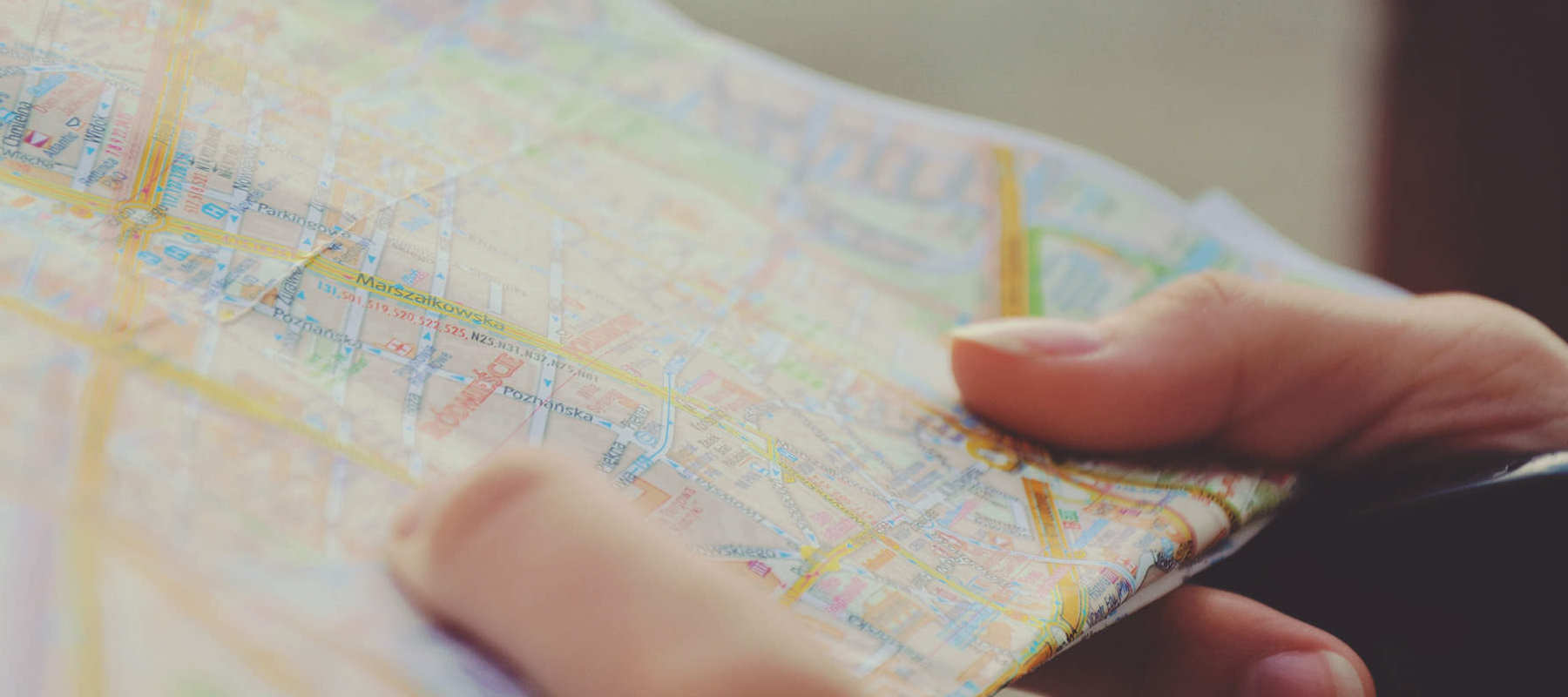
Call 0330 880 3600 Calls may be monitored or recorded. Opening Times.
- TRAVEL INSURANCE
- COVID-19 ENHANCED COVER
- More Options
- Help & Advice
- Existing Customers

Call 0330 880 3600 Calls may be monitored or recorded. Opening Times.

Need help?
UK Customer Services0330 880 3600*
Open Monday to Friday 9:00am to 6pm, Saturday 8:30am to 4pm and closed Sundays.
*Calls are recorded for training and quality purposes.
Other Guides

Official name: Republic of Estonia
Capital city: Tallinn
Official language: Estonian
Population: Around 1.3 million
Currency: Euro (EUR)
Time zone: GMT+2
Driving side: Right
Climate: Temperate climate with warm summers, snowy winters, and significant seasonal variation
Estonia, the northernmost of the Baltic states, is known for its medieval old towns, digital innovation, and scenic coastlines. Tallinn, its capital, boasts a UNESCO-listed Old Town with cobbled streets and Hanseatic architecture. Beyond the city, the country offers over 2,000 islands, pristine forests, and a culture that blends Nordic and Eastern European influences. Estonia is also one of the most digitally advanced nations in the world, with e-services integrated into daily life.
Estonia lies on the eastern shore of the Baltic Sea, bordered by Latvia to the south and Russia to the east. The country is mostly flat, with low-lying forests, lakes, and a heavily indented coastline. Saaremaa and Hiiumaa are its largest islands. The highest point, Suur Munamägi, reaches just 318 metres. Estonia’s location at the crossroads of Scandinavia and Eastern Europe has shaped its history and cultural identity.
Tallinn Airport is the main international gateway, with flights across Europe. Ferries connect Estonia with Finland and Sweden, making it easy to combine trips across the Baltic Sea. The rail network is limited but improving, while buses are the main form of long-distance domestic travel. Tallinn’s public transport system includes buses, trams, and trolleybuses, and the city is compact enough to explore on foot. Driving is straightforward, though winter conditions can be challenging.
As a member of the EU and Schengen Area, Estonia allows UK citizens and many other nationals to enter visa-free for up to 90 days in a 180-day period. Longer stays for work, study, or residence require the appropriate permits. The British Embassy is located in Tallinn, and most countries maintain diplomatic missions in the capital.
Estonia adopted the euro (EUR) in 2011. Credit and debit cards are widely used, even for small purchases, and contactless payments are the norm. ATMs are widely available, and mobile payments are also popular. Prices are generally higher than in Latvia or Lithuania but lower than in Scandinavia. Accommodation, food, and entertainment in Tallinn can be more expensive than in rural areas.
Estonia’s healthcare system is modern and of good quality, especially in Tallinn and other major towns. English is often spoken by medical staff in larger hospitals. EU residents can use an EHIC/GHIC card for necessary state treatment, but travel insurance is recommended to cover private healthcare, repatriation, or unexpected costs. Pharmacies are common, with many open late, and tap water is safe to drink throughout the country.